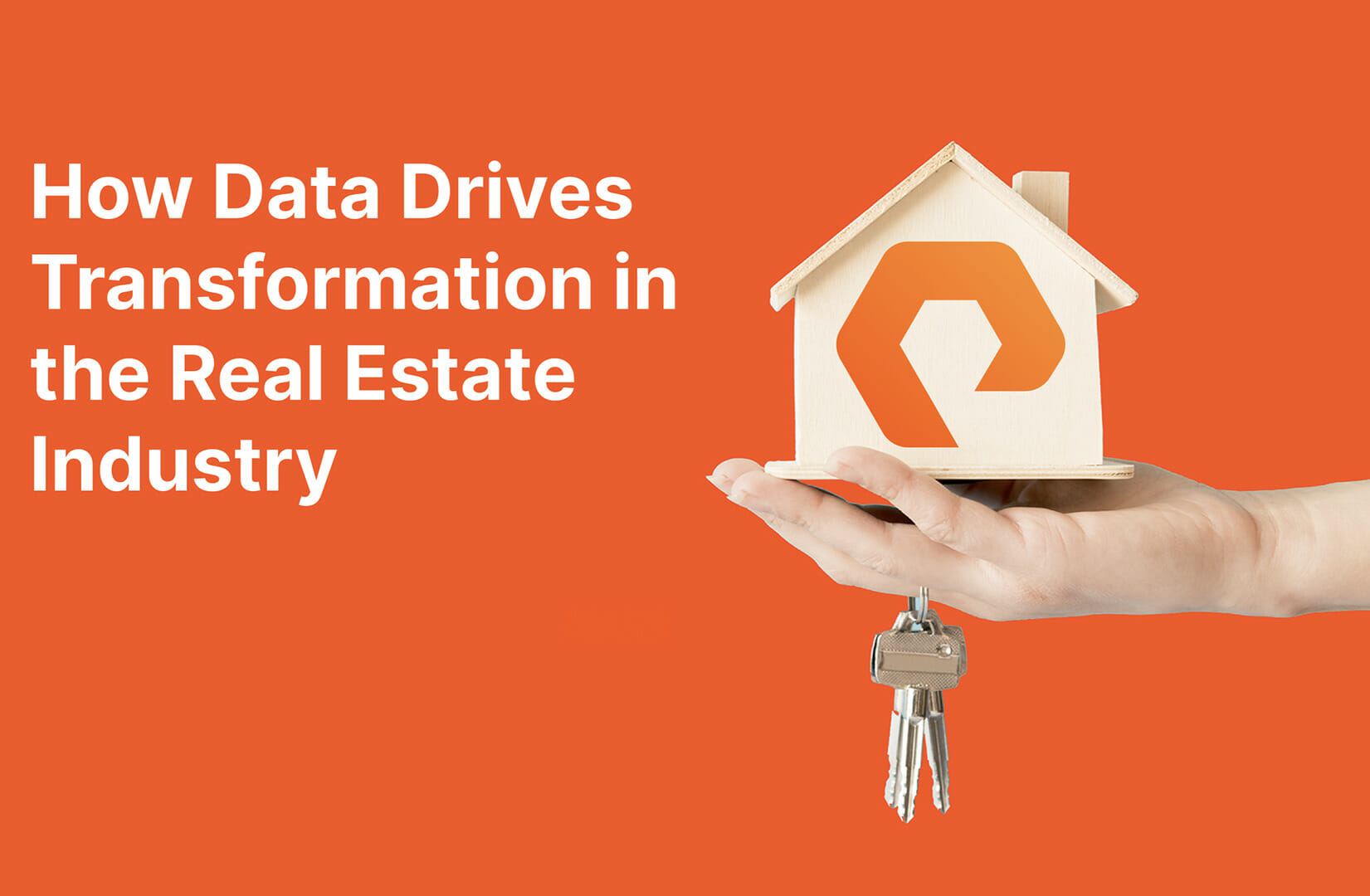Modern data technology is driving digital transformation across every industry when it comes to decision-making, innovation, and customer experience. And in the real estate sector, unstructured data is also making its mark. Unstructured data volumes will only continue to grow—in size and importance—with the real estate market.
Let’s take a closer look at how today’s real estate industry is leveraging unstructured data.
The Benefits of Data in Real Estate
Analyzing unstructured data in the real estate industry offers several advantages for realtors, investors, and buyers.
Before the explosion of big data, real estate decisions—such as rental costs or property sale prices—were made based on assumptions and estimates rather than statistical data. This left more room for error and contributed to increased risk, leading to profit losses in some cases.
Now, real estate professionals can use demographic, geographic, and unstructured data such as video and images to target marketing campaigns, create more personalized interactions with customers, determine potential customer needs and desires, and better understand customer investment trends. It’s helping sellers, buyers, renters, and investors be more savvy and competitive in a market that’s exploded nationwide over the last few decades.
For instance, today’s real estate data tools can suggest that a potential client has pets or young children. With this information, the agent can save time by honing in on properties in pet-friendly areas or within good school districts. Layering in area job opportunities, agents can help individuals looking to relocate to find areas that are best suited to their career paths or that don’t require too much compromise in cost of living.
Here are some other opportunities:
Reduced Risk
Real estate professionals can use data to more accurately determine the age and condition of a building and get reliable information on the types of renovations and redesigns previously made to it. This reduces the unknowns about the property and its potential, minimizing risk factors for investors and buyers.
Data analysis can also improve internal processes. By analyzing conversion rates, managers can identify potential issues in the sales process to ensure agents have the tools and training they need.
Accurate Property Valuations
Traditional appraisals involve a long process of analyzing previous appraisals, the selling prices of surrounding properties, and other documents. Modern property analysis tools and processes allow buyers and sellers to generate more accurate property appraisals based on additional data. Many are tapping visualization tools like Tableau to bring this data to life.
With greater insight into market trends and more precise data on metrics such as pricing and time on the market from thousands of comparable properties, realtors can better determine the value of a property. Buyers and investors can use these insights to make better offers. One example: The Zillow Zestimate is calculated by leveraging vast amounts of on-market home data in an area to calculate what a home may be worth. This can be a helpful way for both agents and customers to frame up expectations.
Faster Decisions
Big data analytics and AI can give both customers and real estate professionals the insights they need to make better decisions, faster. For example, chatbots can help customers find all the information they need on a property—such as home value trajectories, crime rates, and school zone information—before making a purchase.
Similarly, enhanced analysis can give realtors deep insight into specific properties, using a variety of unstructured data on how the land was used in the past, insurance claims that were filed, and permits related to issues with the property. This information can help limit bad decisions and speed up good ones.
Better Marketing Strategies
Insights gathered from public and private data sources, social media, business surveys, and other available sources of information can improve an agent’s ability to identify and reach their ideal target market. For instance,agents can target key audience demographics by age, gender, interests, preferences, and region to increase and optimize marketing campaign engagement.
Redfin is one data-driven brokerage that taps different data sources to provide visualizations on median sale prices, average rental and mortgage rates, and housing markets. This is helpful for agents and buyers who want to do more research.
Improved Customer Experience
Insights gained from social media, customer relationship management (CRM) systems, and social media can help realtors improve customer experience. Real estate agents can use this data to target buyers with social media and personalized emails as they move through their journey. This allows them to better understand client needs, get involved with the buying process faster, and make better recommendations on properties based on buyer preferences.
Leverage Unstructured Data for Real Estate Insights
Investing in the right storage solutions is critical to leveraging the power of big data for real estate—a dynamic industry that relies on rapid analysis of unstructured data such as images, video, and social media content.
Barfoot & Thompson needed a modern data solution to support the digital transformation. The company’s legacy platform was plagued by speed, reliability, and performance issues, and the agency was underwhelmed by the lack of support from the legacy vendor’s service team. They now use FlashBlade and have achieved tangible results.
Business Transformation
- Ability to process and deliver reports 60% to 70% faster
- Dramatically improved performance, capacity, reliability, and system uptime
- Reduced power consumption by almost 500%
IT Transformation
- An integrated system with all applications running on a single dashboard
- Seamlessly migrated all workloads with zero downtime
- Successful Digital Transformation that is powering the business to new highs
Written By:
Data is a Dog’s Best Friend
Both businesses and pet lovers alike are using data to create better lives for our four-legged friends!






